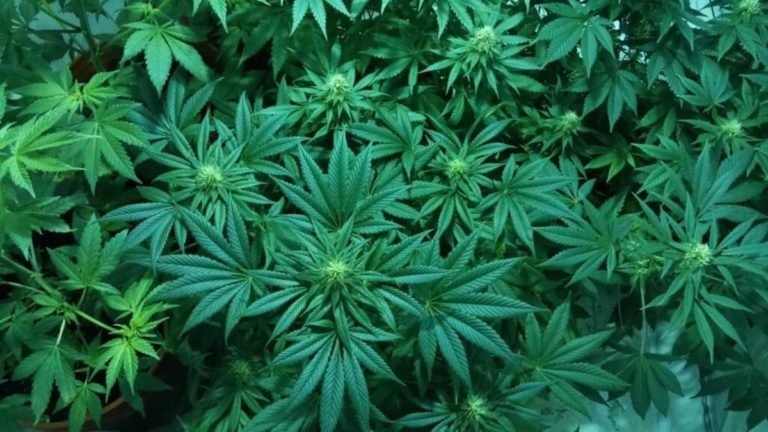
Estimated tax revenues total $10 million in 2022’s first three months
By Arren Kimbel-Sannit, Montana, April 7, 2022 /Daily Montanan/ –
Montana medical and recreational marijuana sales are approaching ambitious projections from legalization supporters through the first quarter of 2022, the first year in which recreational dispensaries have been legally allowed to operate in the state, industry supporters say.
The two halves of the marijuana sector have totaled $72.9 million in sales from January 1, the first day of the new marijuana policy environment, to the end of March, according to the Montana Department of Revenue, which posted updated sales data online this week.
The adult-use or recreational market saw its most robust month yet in March, with $15.9 million in sales as compared to $13.5 million in February and $14.1 million the month before.
Recreational sales have consistently trounced sales on the medical side since the beginning of the year, and March was no different. Medical sales last month hit $9.9 million, compared to $9.4 million the month before and $10.1 million in January.
These numbers are encouraging but also in line with expectations, said J.D. “Pepper” Petersen, the president of the Montana Cannabis Guild and a prominent backer of the ballot initiative to legalize recreational marijuana that voters approved in 2020. Supporters of the initiative commissioned a study by the University of Montana Bureau of Business and Economic Research that year that projected around $217 million in recreational sales in 2022. Divided evenly over 12 months, that would require around $18 million in sales each month — though Petersen has said he expects the most significant demand to occur in peak tourist season this summer.
Voters approved ballot initiative 190 in the 2020 election cycle, but recreational dispensaries couldn’t begin operating until the beginning of 2022, by which point state legislators had passed a gargantuan regulatory package that added extra guardrails to the marijuana program, shifted roles in the state bureaucracy and more. Much of the debate around that bill, HB 701, concerned what to do with the massive tax revenue windfall that supporters had promised — recreational marijuana in the state is taxed at 20 percent, a potentially significant cash cow for public coffers. Medical marijuana is taxed at a 4 percent rate.
Between the two sectors, the marijuana industry has raised approximately $10 million for the state from January through March. That money sits in a state special revenue account until the end of the fiscal year, at which time any funds in excess of a three-month operating reserve will be transferred to a variety of programs: no more than $6 million to a substance abuse recovery program piloted by Gov. Greg Gianforte, followed by 20 percent for wildlife habitat, 4 percent for state parks, the same percentage for trails and non-game wildlife followed by a number of other programs.
Petersen noted that this also puts the marijuana market about on pace to raise the same amount — if not more — money for the state than coal severance taxes, which totaled around $43 million in 2021.
“More jobs and more tax revenue will be generated by cannabis this year than coal. That is amazing,” he said.
Missoula, Dawson, Yellowstone and Park counties have all also voted to adopt variations of a local excise tax, something authorized under HB701. All of those counties slap an extra 3 percent tax on recreational sales, and all but Missoula levy an additional tax of the same amount on medical sales.
Revenue also reports sales numbers for individual counties. Unsurprisingly, Montana’s most populous communities have seen the most business: medical and adult-use sales totaled $4.5 million in Yellowstone County in March, $3.8 million in Gallatin, $3.5 million in Missoula, $2.6 million in Flathead, $1.9 million in Lewis and Clark, $1.7 million in Cascade and $1.3 million in Silver Bow.
Arren Kimbel-Sannit is an Arizona-bred journalist who has covered politics, policy and power building at every level of government. Before getting his dose of northern exposure, Arren worked as a reporter in all manner of Arizona newsrooms, for the Dallas Morning News and for POLITICO in Washington, D.C. He has a special interest in how land-use decisions affect working-class people, which he displayed through reporting on the epidemic of pedestrian deaths in the U.S. for the Los Angeles Times and PBS Newshour. He’s also covered housing, agriculture, the Trump presidency and more.
This article was first published on Daily Montanan.